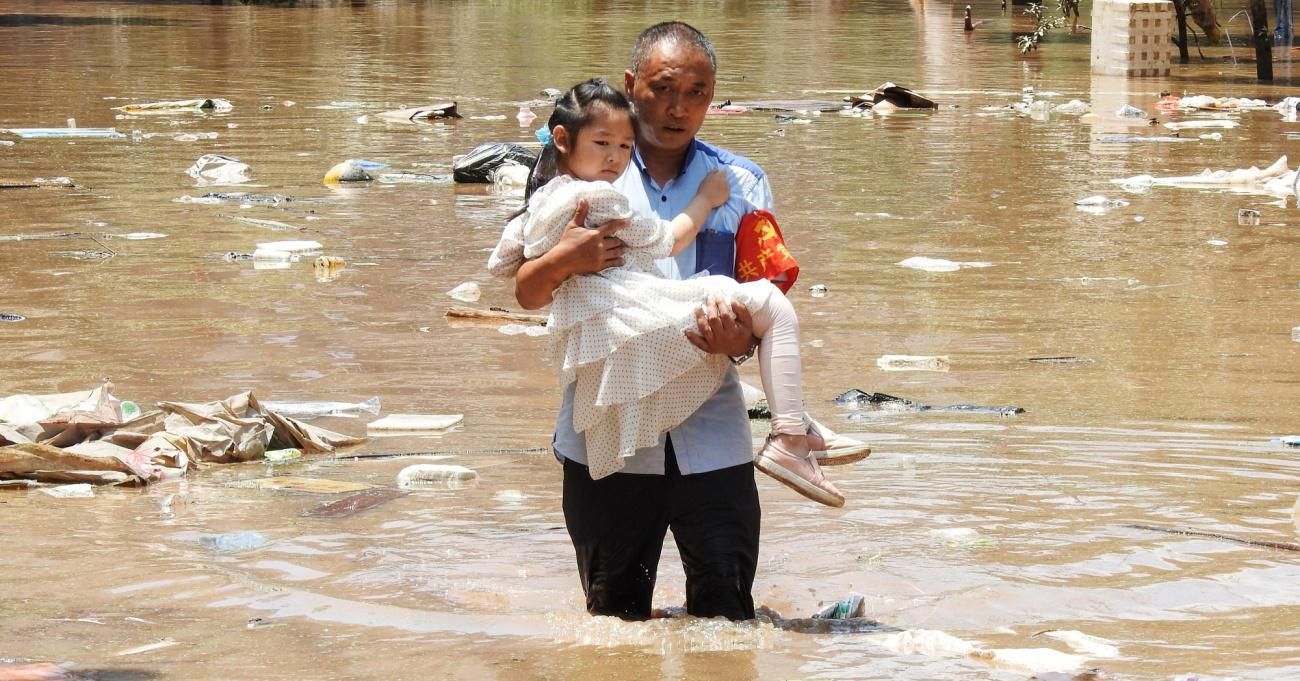Rare Cambrian fossils from Utah reveal unexpected anatomical complexity in early comb jellies
International team of researchers describe two rare Cambrian ctenophore fossils found in the house range of Utah
Peer-Reviewed PublicationIMAGE: ARTISTIC RECONSTRUCTION OF CTENORHABDOTUS CAMPANELLIFORMIS (TOP) AND THALASSOSTAPHYLOS ELEGANS (BOTTOM) view more
CREDIT: ILLUSTRATED BY HOLLY SULLIVAN
Ctenophores, also known as comb jellies, are a group of over 200 living species of invertebrate animals with a transparent gelatinous body superficially resembling that of a jellyfish. There is much interest in ctenophore evolution in recent years as their controversial phylogenetic position in the animal tree of life has prompted conflicting hypotheses. While some studies suggest they might represent the earliest branching animals, others suggest a more traditional position as close relatives of jellyfish.
These hypotheses carry different and important implications for understanding the origin of animals themselves because, depending on the position of comb jellies in the tree of life, it’s possible that muscles and the nervous system might have had multiple origins, a rather big deal as these are some of the most distinguishing features of animals today.
In a study published in iScience an international team of researchers describe two new species of fossil ctenophores from the mid-Cambrian of Western USA, one of which has a preserved nervous system, which illuminates the early evolution of nervous and sensory features in ctenophores.
Despite their importance for understanding animal evolution, most information about ctenophores comes from living species alone as fossil comb jellies are extremely rare due to their gelatinous bodies. However, some fossil ctenophores have been discovered in early and middle Cambrian sites (about 520-500 million years ago) with exceptional preservation. These fossilized specimens, found around the world in sites including Burgess Shale in Canada and Chengjiang in South China, show that Cambrian ctenophores are a bit different from living representatives. The fossils include features such as a skeleton that supported the ctenes, or comb rows, as well as up to 24 comb rows – many more than the eight comb rows possessed by living species.
In this study, researchers describe the first ctenophore fossils ever discovered in the United States and in doing so, add two new species to the scant fossil record of the group. These 500 million-years-old fossils were found in the Marjum Formation in the House Range of Utah. These exceptional marine deposits are known for preservation of delicate organisms that normally would not be represented in the shelly fossil record. More importantly, the fossils are preserved flattened as films of organic carbon, which aids the preservation of internal organs. Using electronic microscopy, the researchers were able to detect carbon film signals that allowed them to identify parts of the original internal anatomy.
CAPTION
Fossil specimen of Ctenorhabdotus campanelliformis from the mid-Cambrian Marjum Formation in Utah. Light photograph (left), elemental map showing nervous system as carbon films (center), and interpretative drawing (right).
CREDIT
Luke Parry, Rudy Lerosey-Aubril, and James Weaver
The first species, Ctenorhabdotus campanelliformis, has a small bell-shaped body with up to 24 comb rows and a wavy mouth opening. Intriguingly, this species shows two important features. First, there is a rigid capsule that protects the sensory apical organ, which represents the remains of the skeleton found in older ctenophores from the early Cambrian. Secondly, this species also shows a preserved nervous system. The nerves are long, and connect with a ring around the mouth. “This was quite an unexpected finding, as only one species (Euplokamis) of comb jellies today has comparable long nerves. Most modern comb jellies have a diffuse nervous net, and not well-defined long nerves,” said senior author Professor Javier Ortega-Hernández, the Department of Organismic and Evolutionary Biology, Harvard University.
The second species, Thalassostaphylos elegans, has a rounder appearance, approximately 16 comb rows, and a wavy mouth opening. Although this species does not show fossilized nerves, it has an important feature known as the “polar fields”, which can be seen as two small dots on top of the apical organ. “These are also important for sensing the environment in living comb jellies, and finding evidence for them in the Cambrian is significant for understanding their evolution,” said Ortega-Hernández. “Interestingly, Thalassostaphylos elegans does not have a rigid capsule, indicating that the skeleton found in early Cambrian ctenophores was already lost in some representatives by the mid-Cambrian.”
Ultimately, the two new species from Utah illuminate the evolution of the nervous system, sensory structures, and diversity of Cambrian ctenophores. The researchers conclude that Cambrian ctenophores had more complex nervous systems compared to those observed today. Living species of comb jellies have a diffuse nervous system similar to the structure of chicken wire, but very thin and transparent. Cambrian ctenophores’ nervous systems were condensed with specific nerve tracks that basically ran along the length of the body and then as a ring around the mouth. This complex system is only seen in one living species, the Euplokamis, which is regarded as potentially being an early branching ctenophore living today. However, while Euplokamis has this elongated nerve structure that runs the length of the body, it does not have the ring around the mouth, so it too is simpler compared to Cambrian ctenophores.
CAPTION
Holotype fossil specimen of Thalassostaphylos elegans from the mid-Cambrian Marjum Formation in Utah. Light photograph (left), interpretative drawing (center), and magnification of polar fields (right).
CREDIT
Luke Parry and Rudy Lerosey-Aubril.
To better understand the evolution of this group, the team performed phylogenetic analysis which suggests the condensed nervous system is actually the ancestral condition and that only modern ctenophores have lost this complex nervous system and instead favored a more diffuse nerve net.
“This discovery means that there has a been a secondary simplification of comb jellies during their evolution, first losing the rigid skeleton, and then the discrete nerves observed in the fossils,” said Dr. Luke A. Parry, Department of Earth Sciences, University of Oxford, UK. “These are insights that would be impossible to obtain from only studying living comb jellies, so the fossil record is providing a valuable glimpse into the evolution of these enigmatic animals.”
Ortega-Hernández agreed, “In this context, Euplokamis would be showing a sort of vestigial organization of the nervous system, which are not seen in other living ctenophores. Ctenophores have a more complex evolutionary history than what can be reconstructed from their living representatives alone. Fossils allow us to understand the morphology that developed first and how it has changed through time.”
The studied fossil material consists of specimens from the Bureau of Land Management, and are permanently curated at the Natural History Museum of Utah in Salt Lake City. “The Bureau of Land Management is proud to preserve and protect paleontological resources on public lands, including in the Marjum Formation located in the House Range of west central Utah,” said Philip Gensler, acting BLM regional paleontologist. “This site contains more than 100 species of Cambrian-age invertebrate fossils and provides opportunities to learn more about the evolution of marine species and the environment 500 million years ago. The BLM supports research and discovery on public lands and applauds the Natural History Museum of Utah and Harvard University for the outstanding preservation of these specimens, scientific research, and revelation about the evolution of comb jellies.”
The Museum curatorial staff contacted co-author Dr. Rudy Lerosey-Aubril, project coordinator and Research Associate, Department of Organismic and Evolutionary Biology, Harvard University, and Ortega-Hernández in 2019 to aid in examining and cataloging the vast collection of Cambrian fossils from the House Range of Utah. “The Cambrian deposits of western Utah are key to our understanding of the Cambrian Explosion. Our collaboration with the Natural History Museum of Utah has boosted our research on these remarkable fossil assemblages, leading to exciting discoveries that we are eager to report” said Lerosey-Aubril.
####









